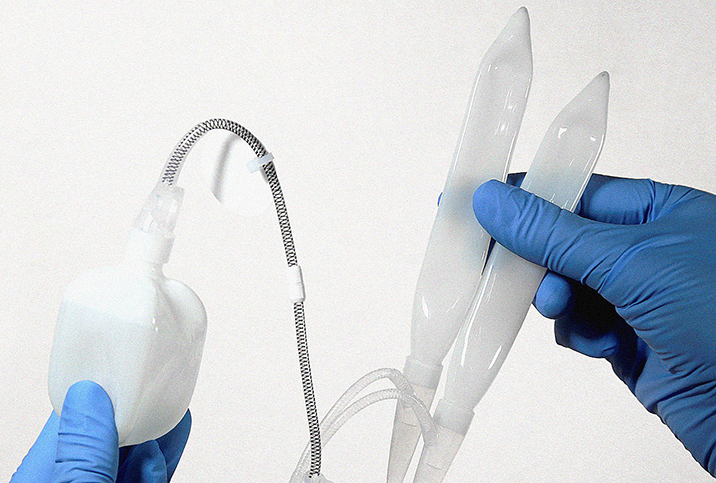An ED Solution of Last Resort: Penile Implants

Frequently, candidates for penile implant surgery are men who have a clear medical condition that prevents them from achieving satisfactory erections.
Those conditions may include spinal damage; scarring that results in severe penile curvature; refractory erectile dysfunction, which refers to ED in patients with chronic diseases; the consequences of major pelvic surgery, such as a robotic prostatectomy; or others for which ED medications aren’t successful.
While most men who have penile implant surgery are satisfied with the results, having tubes surgically implanted in the penis isn’t a casual decision. But if it’s essentially the only option left for achieving an erection, what do men need to know about penile implants and their life span?
How do penis implants work?
Penis prostheses come in two main types, which are implanted by a doctor in an outpatient setting in a procedure that lasts about an hour. The doctor makes a small incision at the base of the penis, just where it meets the scrotum, and implants the various parts needed, depending on the type of implant. These may include inflatable implants, or semi-rigid or malleable rods.
Inflatable implants
Inflatable implants are today’s standard of care. These implants do exactly what the name says: inflate. Two inflatable tubes are implanted in the penis. The tubes are attached to a pump in the scrotum that, when activated, pumps saline into the penis tubes to create an erection. The two-piece version of this implant has the saline reservoir in the scrotum, while the three-piece version implants a reservoir in the man’s abdomen and the pump in the scrotum.
The advantage of inflatable implants is that the man can have a flaccid penis when he’s not having sex, which provides the most natural-looking penis. One disadvantage is there are several moving parts involved, so more can potentially go wrong.
Semi-rigid or malleable rods
Semi-rigid or malleable rods are not used as often as inflatables. This type of penis implant consists of a pair of flexible rods that allow the man to bend his penis outward for having sex, or to press it against his body when not in use. The disadvantage to this style is that the penis is permanently semi-erect.
How long do penis implants last?
The chances of a penile implant lasting to the 10-year mark are 60 to 80 percent, but there are other considerations.
Patient satisfaction with implant procedures varies widely. The urologist and patient must delineate very clear expectations before this operation. High risks to consider include infection, hematoma, pain and penile length shortening.
Once the patient makes the choice to get an implant, there’s really no going back. While it is possible to have the device removed at a later date, the process of inserting either type of penile implant device likely diminishes a man’s ability to achieve a natural erection. Since that’s the case, doctors insist that every other possible avenue be explored before resorting to penile implant surgery.
The majority of penile implant devices last 10 years, and some have been known to work for 20 years or longer; they are replaceable if they malfunction. But perhaps the more important consideration is the long-term commitment to only being able to achieve a mechanical erection for the rest of your life.
For men with spinal injuries or other physical ailments, or who are not responsive to other methods of ED therapy, a penile implant may be the right choice no matter how long it lasts, or how permanent the results are.
Getting penile implant surgery is a big commitment, but in many cases, it’s necessary for men with no other options available to have a full, rich and satisfying sex life.

















